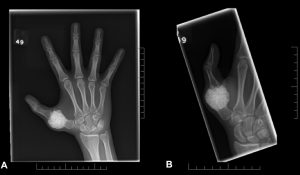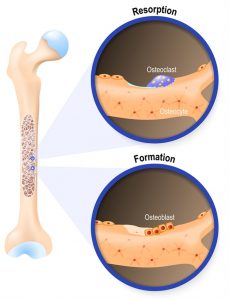Are you pulling all-nighters to catch up on assignments and study for exams?
A new study has found evidence that a lack of sleep can lead to many affects that could be detrimental to your health, such as cardiovascular disease, and most surprising of all, premature aging.
The study, which used fit-bits and other wearable sleep-quality assessing devices to track the average hours slept and and quality of sleep people got per night found that people who slept less on average per night had shorter telomeres than similarly aged peers who slept a healthy amount, which may prove that they’re aging quicker. The researchers considered above 7 hours to be a healthy amount for an adult to sleep each night.

Telomeres are part of your DNA, at the very end of the strands. Their purpose is to act as a prevention from important DNA code from being cut short. This is important because DNA actually gets shorter every time it is used, thus the shorter your telomeres are, the closer you are to losing important parts of your genetic code.

DNA in it’s signature “coiled ladder” formation.
Because telomeres often lose length in a predictable way, shorter telomeres are a very good indication of aging, and are thus often used as biological markers for age. Furthermore, telomere shortening has been linked to all causes of death, as well as quicker onset of age-related diseases. Due to this, shorter telomeres in sleep deprived people is evidence that their poor sleep may cause them to age quicker, and ultimately die younger.
Beyond premature aging and cardiovascular disease, which I mentioned earlier, a lack of sleep has also been linked to many other health complications such as high blood pressure and obesity.
Often times, we students glorify our lack of sleep, and accept it as a natural consequence of the heavy course load that we chose. Some people may even claim that lack of sleep is impossible to avoid as a University student while using caffeine to fight exhaustion. A recent study found that up to 60% of University students are not getting enough sleep. Research such as these studies show that there are serious consequences to a poor sleep schedule, and that getting a good sleep should be a priority.

Where do we go from here? The researchers believe that this important insight into the health effects of poor sleep should inspire public policy changes. For example, later starting times for schools and work places could be a good place to start, so that people can fit a healthy amount of sleep into their schedules.
And as for you, the person reading this, remember: get your seven hours – you’ll live longer.
-Gurkaran Bhandal


